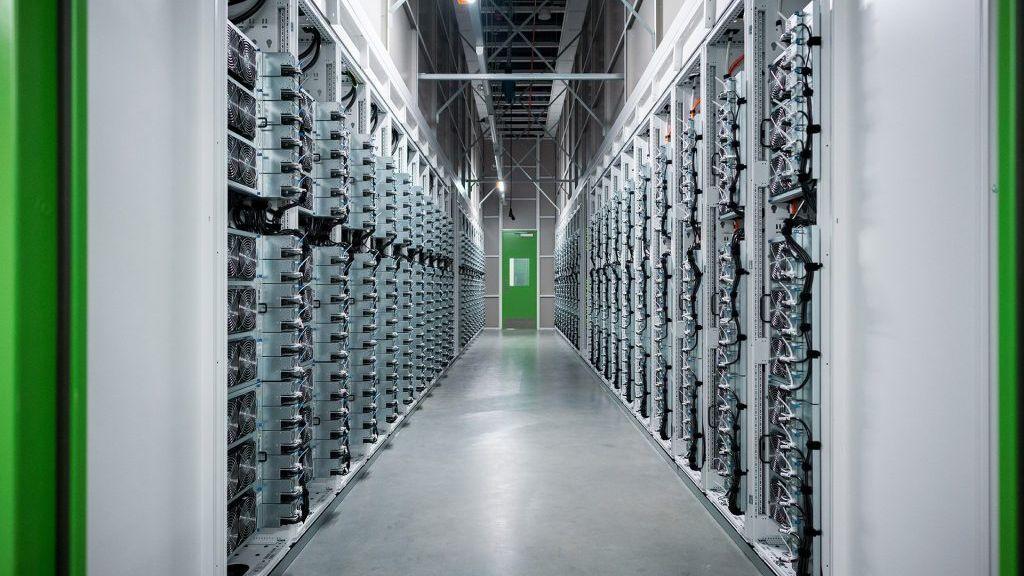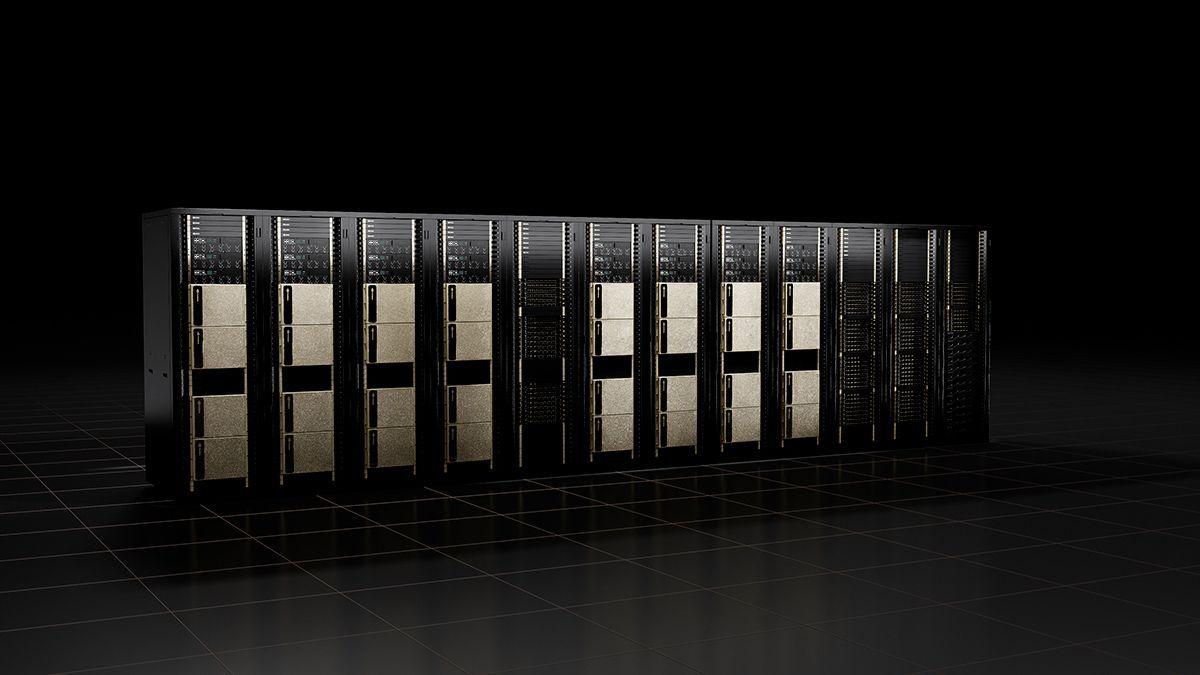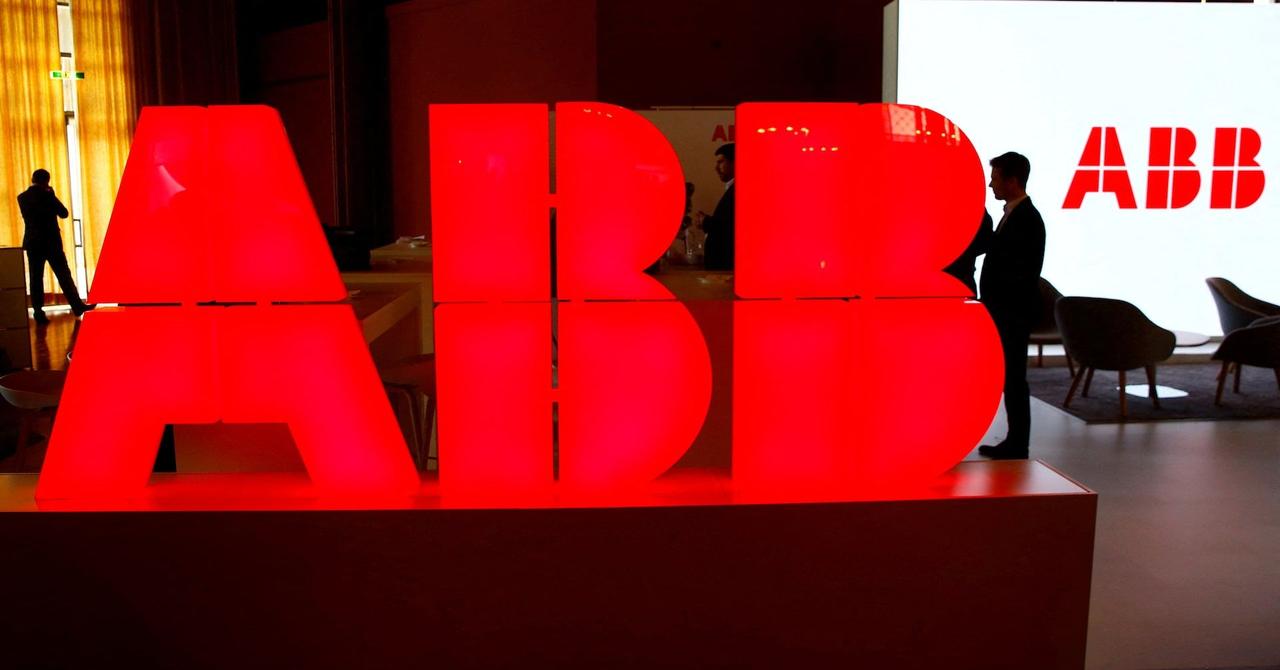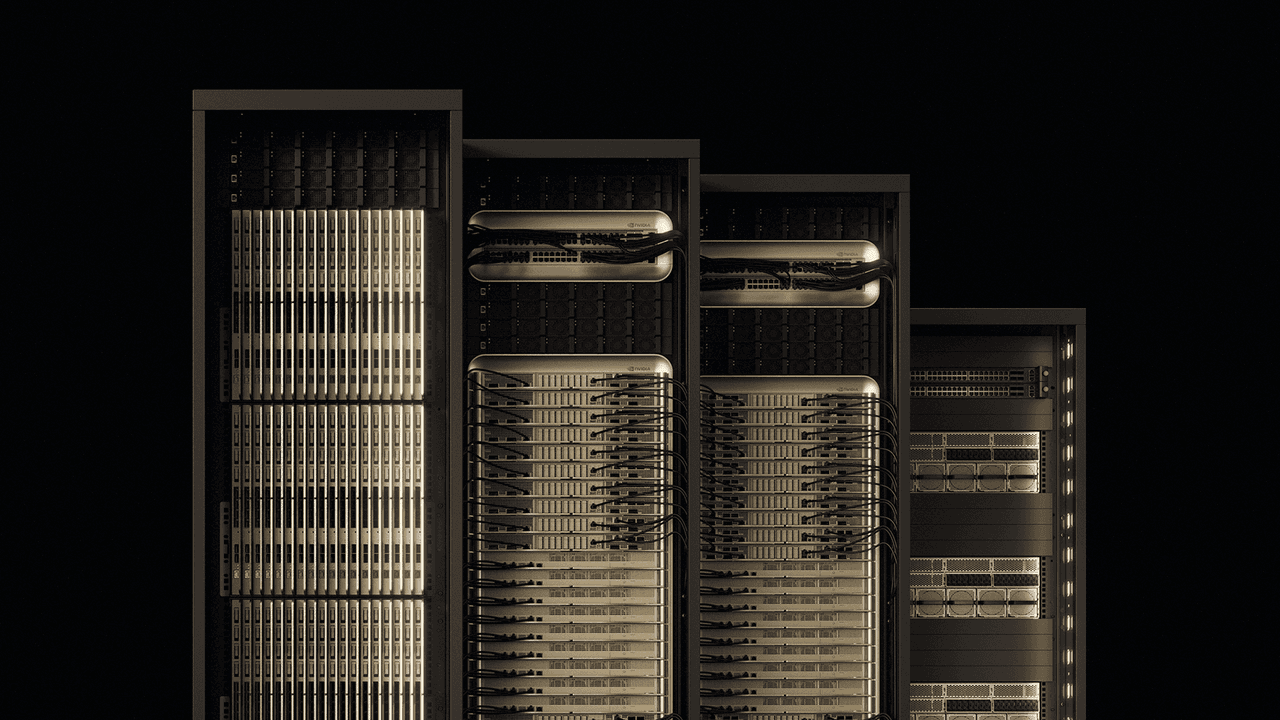Nvidia and ABB Join Forces to Power Next-Gen AI Data Centers with 800 VDC Architecture
2 Sources
2 Sources
[1]
Nvidia 800 VDC power rollout for 1 megawatt server racks to be supported by ABB -- company says collaboration will create 'new power solutions for future gigawatt-scale data centers '
Swedish-Swiss multinational industrial outfit ABB has announced a partnership with Nvidia that will see it support Nvidia's rollout of 800 VDC power architecture for 1 megawatt server racks. The company says the collaboration will power future gigawatt-scale data centers thanks to its high-efficiency infrastructure. In case you haven't dipped your toes in the data center world, moving to 800V DC transmission is quite a big deal, as it allows for significant efficiency improvements, large cost savings in materials needed, and much higher upper limits on per-rack and per-data center power delivery. While the 800 VDC notion isn't new, having the world's largest chip designer fully embrace the standard throws substantial weight behind it. The announcement notes that Nvidia is gunning for megawatt-powered individual server racks, with many of these making up all those gigawatts we keep hearing about in recent AI deals. ABB claims it's on the leading edge of producing 800 VDC gear for "next-generation" AI data centers. As a practical example, Nvidia cites marine vessels' 1,000 VDC systems as saving 20 to 40% energy and having 30% lower maintenance costs. That presumably adds to the lower material cost of installation. The company further notes that future data centers combine medium-voltage power supplies with DC power distribution, all with solid-state power electronics devices. Both ABB and Nvidia have detailed write-ups on 800 VDC, but here's a simplification. Using a common PC as a basic example, electricity gets to your power supply in 110 V (or 220V) AC form, then gets converted to DC by said power supply to 12 V, 5 V, and 3.3 V. The conversion introduces a certain amount of loss, exacerbated many times over in a data center scenario. A good number of contemporary data center installations use medium voltage 340-480 V three-phase for the main line and across the building, and step down to DC at the PSUs and UPSes. That's already more complicated than it needs to be. Even at the increased voltage of a data center, basic physics demands that in order to carry the hundreds of kilowatts that modern server racks can require, it's necessary to use extremely thick cables along with corresponding connectors and associated gear. The equipment required for the multiple step-downs is likewise bulky and repeated, so to speak, in multiple steps along the way. All this is quite pricey and demands careful consideration when architecting data center buildings. Increasing the voltage to 800 V by itself already substantially knocks down the wire gauges necessary, and converting to DC immediately at the power room completely bypasses any further equipment up to the rack, with only current protection as a key element along the path. The rack equipment then takes care of stepping 800 V DC down to 12 V DC, bypassing the majority of components in a regular PSU. It's a win-win scenario for everyone involved. While historically medium- and high-voltage lines have been AC to avoid transmission losses, material advancements have made long-range DC transmission more popular, like in the recently started 525 kV DC cable that will be running across the Mediterranean Sea floor. If, hypothetically, all data centers moved to the 800 VDC standards, the world could witness significant power savings as a result.
[2]
ABB collaborates with NVIDIA on next-generation AI data centers
ABB announces an alliance with NVIDIA to accelerate the development of next-generation AI data centers. Specifically, the partnership aims to design innovative electrical solutions tailored to the growing power requirements of artificial intelligence (AI) workloads, leveraging NVIDIA's 800 VDC (direct current) architecture. The agreement provides for the development of systems combining medium-voltage power supply with direct current distribution and semiconductor electronic devices. ABB devotes approximately 40% of its electrification research to these critical technologies. Its recent innovations, such as the HiPerGuard system (medium-voltage semiconductor inverter) and the SACE Infinitus circuit breaker, illustrate its leadership in power distribution for AI data centers. According to Giampiero Frisio, president of ABB Electrification, this collaboration will help meet the sector's growing energy requirements.
Share
Share
Copy Link
Nvidia partners with ABB to implement 800 VDC power architecture for megawatt-scale server racks, aiming to revolutionize power efficiency in future AI data centers. This collaboration promises significant energy savings and cost reductions in data center operations.

Nvidia and ABB's Groundbreaking Partnership
Nvidia, the world's largest chip designer, has joined forces with ABB, a Swedish-Swiss multinational industrial company, to revolutionize power distribution in AI data centers. The collaboration focuses on implementing an 800 VDC (Volts Direct Current) power architecture for 1 megawatt server racks, aiming to create new power solutions for future gigawatt-scale data centers
1
.The Significance of 800 VDC Power Architecture
The shift to 800 VDC transmission in data centers represents a significant leap forward in power efficiency. This new standard offers several advantages:
- Improved efficiency
- Substantial cost savings in materials
- Higher upper limits on per-rack and per-data center power delivery
Nvidia's endorsement of this standard adds considerable weight to its adoption in the industry
1
.Technical Benefits of 800 VDC Systems
The 800 VDC system offers numerous technical advantages over traditional power distribution methods in data centers:
- Reduced cable thickness: Higher voltage allows for thinner cables, reducing material costs and simplifying installation.
- Simplified power conversion: By converting to DC immediately at the power room, the system bypasses multiple step-downs, reducing equipment bulk and complexity.
- Energy savings: Nvidia cites marine vessel examples where 1,000 VDC systems save 20-40% energy and have 30% lower maintenance costs
1
.
Related Stories
ABB's Role and Innovations
ABB is positioning itself as a leader in producing 800 VDC equipment for next-generation AI data centers. The company is dedicating significant resources to develop critical technologies for this new power architecture:
- Approximately 40% of ABB's electrification research is focused on these technologies.
- Recent innovations include the HiPerGuard system (a medium-voltage semiconductor inverter) and the SACE Infinitus circuit breaker
2
.
Future Implications
The collaboration between Nvidia and ABB has far-reaching implications for the future of AI data centers:
- Gigawatt-scale data centers: The partnership aims to create power solutions capable of supporting the massive energy requirements of future AI workloads.
- Integrated power systems: Future data centers will combine medium-voltage power supplies with DC power distribution, all managed by solid-state power electronics devices
1
. - Global energy savings: If widely adopted, the 800 VDC standard could lead to significant power savings in data centers worldwide, contributing to improved energy efficiency in the tech sector.
References
Summarized by
Navi
[2]
Related Stories
NVIDIA Unveils 800V High-Voltage DC Power System for Next-Gen AI Data Centers
28 May 2025•Technology

Schneider Electric and NVIDIA Partner to Address AI-Driven Energy Challenges in Data Centers
05 Dec 2024•Technology

ABB CEO Bullish on AI-Driven Data Center Demand, Announces Nvidia Partnership
16 Oct 2025•Business and Economy

Recent Highlights
1
AI Chatbots Sway Voters More Effectively Than Traditional Political Ads, New Studies Reveal
Science and Research

2
OpenAI declares code red as Google's Gemini 3 gains 200 million users in three months
Technology

3
Trump approves Nvidia H200 chip exports to China with 25% revenue cut, defying Senate concerns
Policy and Regulation





